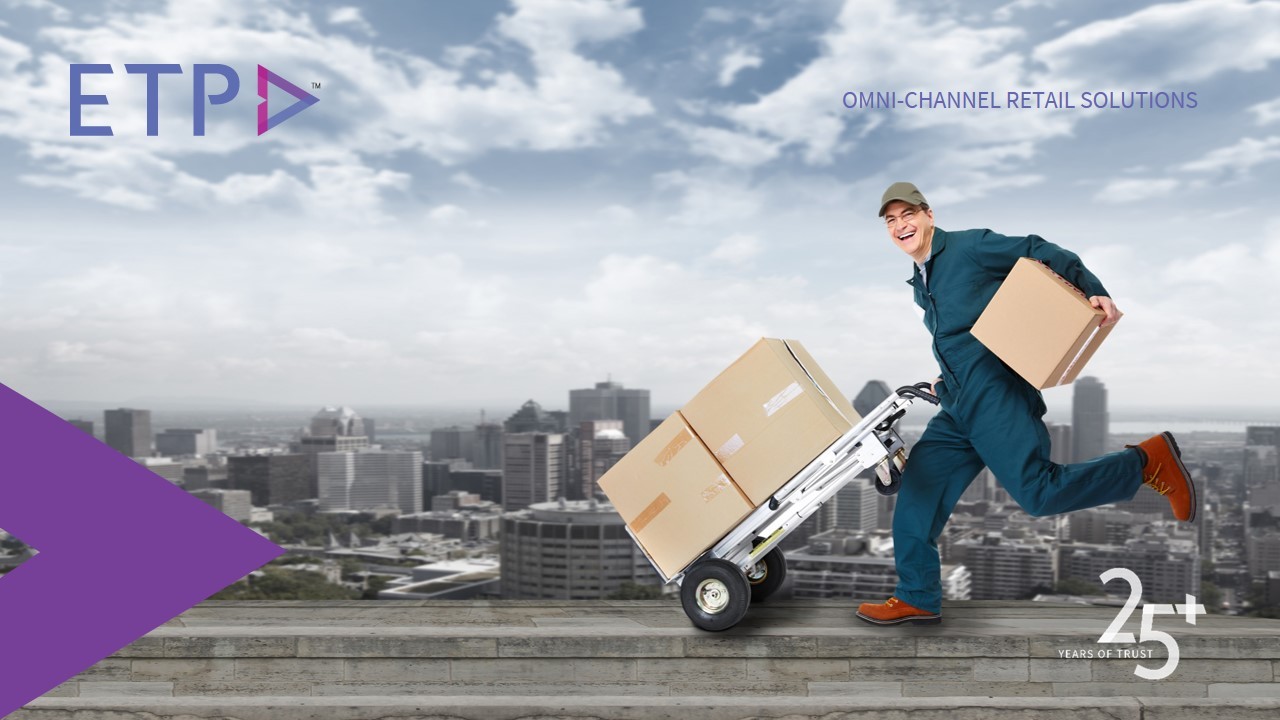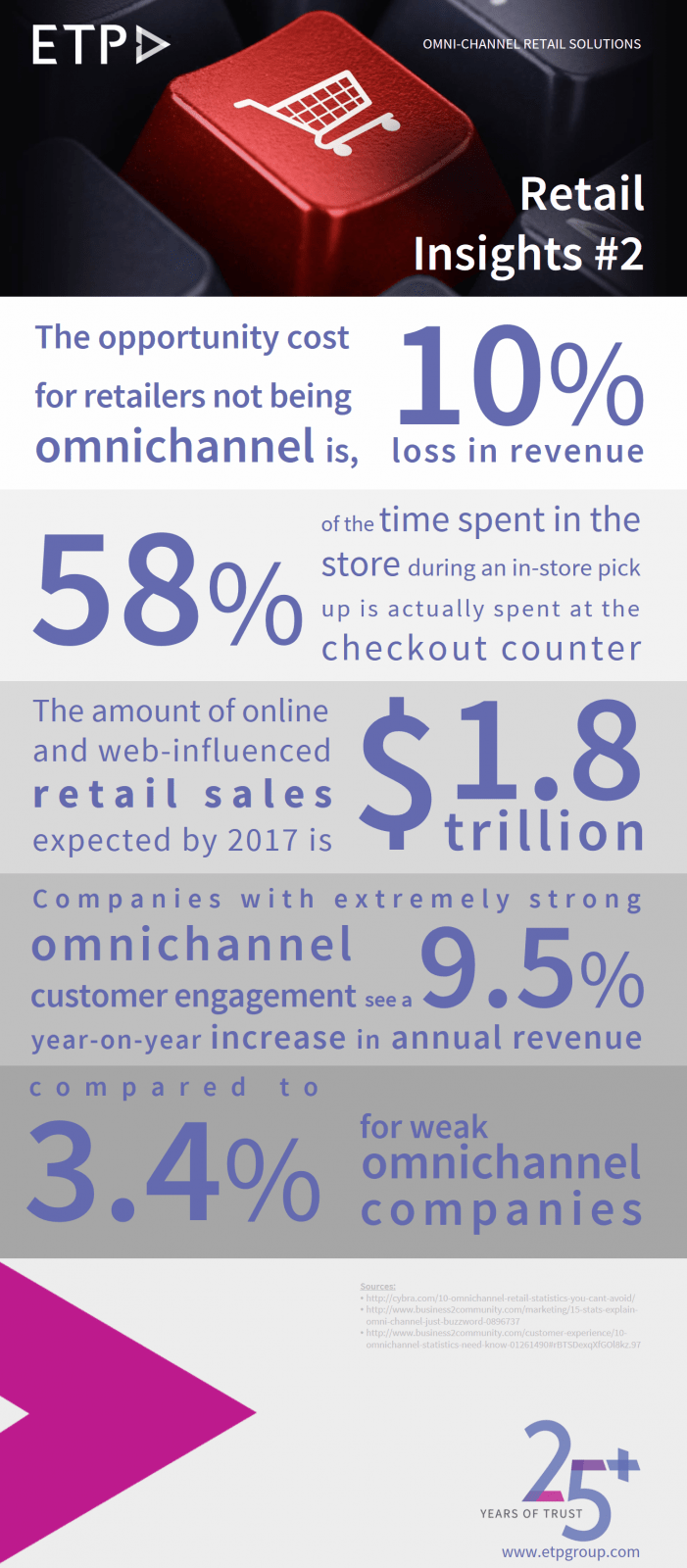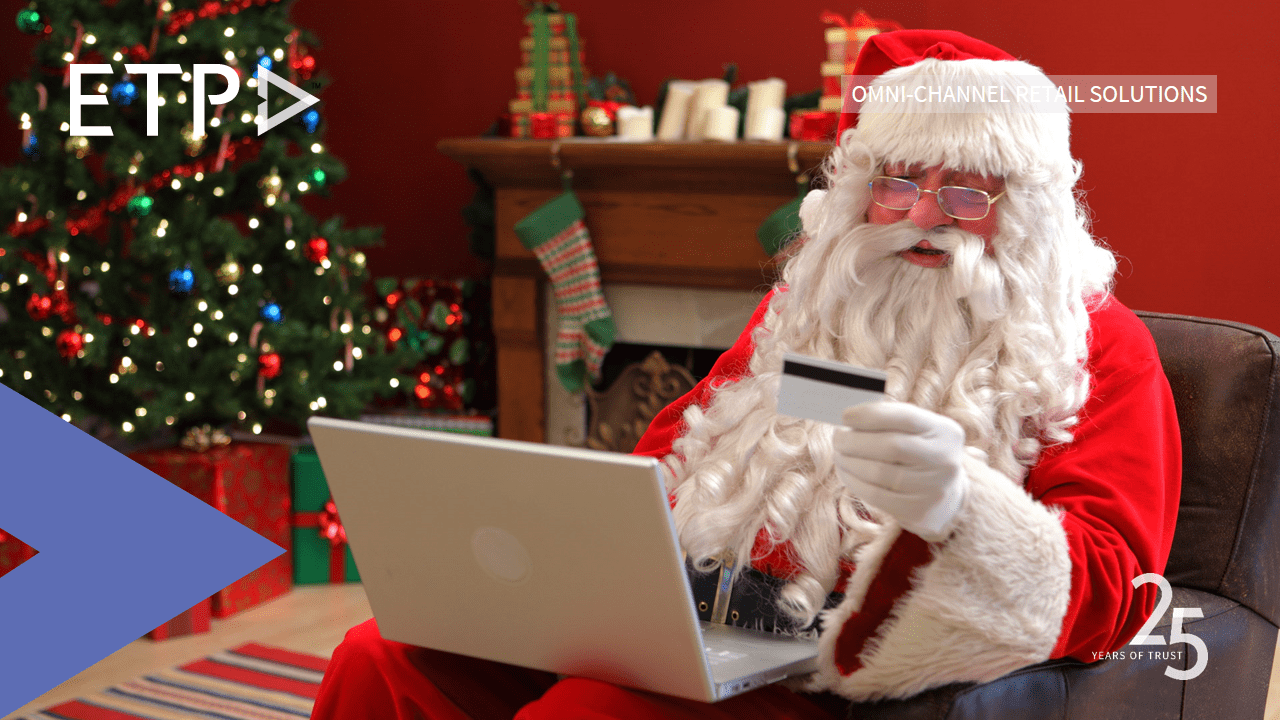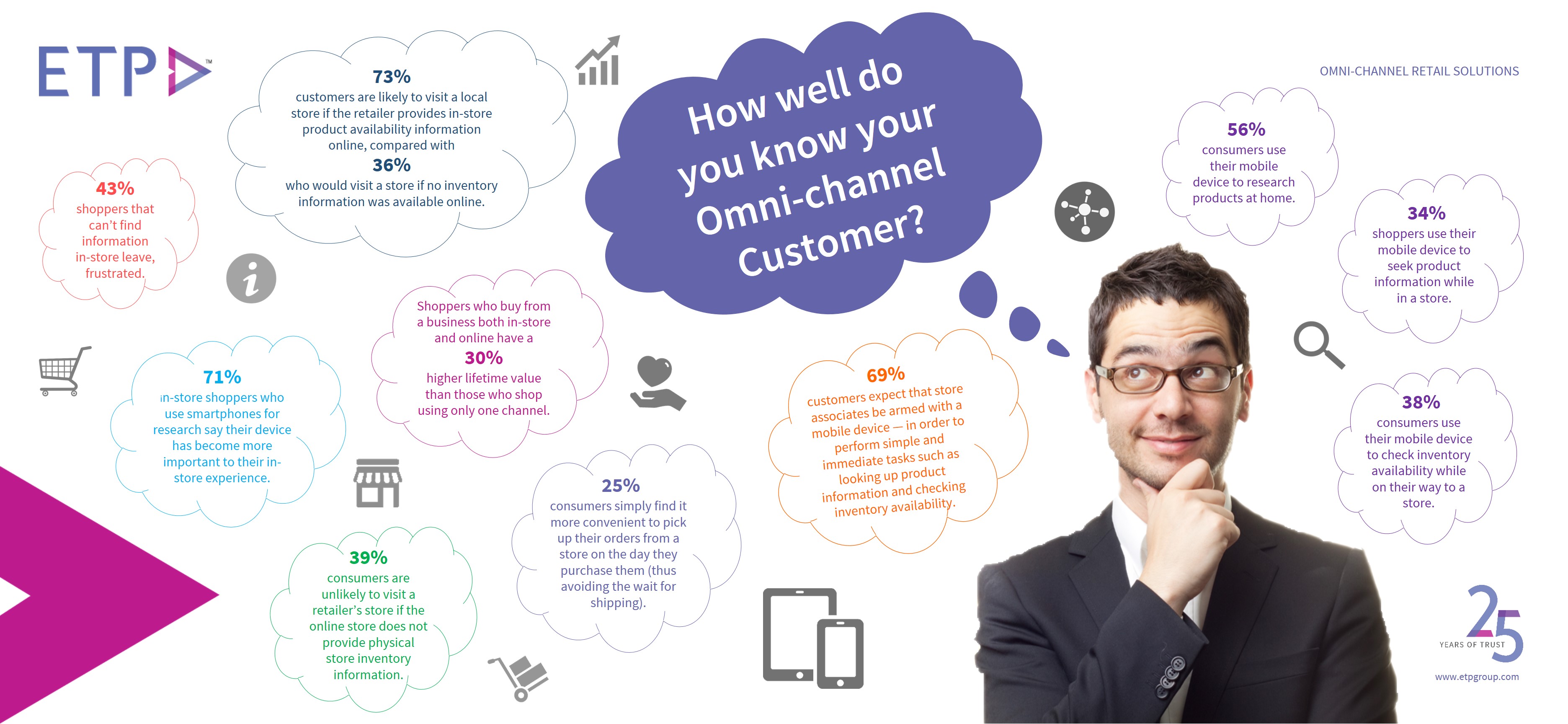
Retail success can be visualized as a two stage process. It is not just about getting a customer to enter the retail store or to access the e-commerce website to shop, but also closing the sale. And both these stages are potential challenges and battles that retailers need to win, thanks to the ever-growing and fierce competition.
Recent trends suggest that shoppers are constantly looking for offers and discounts, and are likely to make a purchase from retailers who sell merchandise at discounted prices or offer free shipping and so on. But that’s not it. Customers are also seeking more information regarding products and services that interest them. All this can be viewed by retailers as probable opportunities to offer something extra to their customers by making it more relevant and personalized.
Busy shoppers value quick reminders about the products that they had left in their shopping carts during their previous interactions or even about those that they may have been researching for or had shown interest in previously. Personalized offerings such as tailor-made discounts, promotions or other benefits, during auspicious occasions such as birthdays and anniversaries or social occasions such as festivals really go a long way in influencing the customers’ decisions while making their next purchase. Additionally, personalized messaging and recommendations provide customers with the information that will enable them to determine products that are the right fit for their needs. Information about frequently purchased products, merchandise that can be coupled either together or with special offers and discounts also persuades customers to make a purchase. Location based or proximity marketing such as in-store discounts or free shipping can appeal to shoppers, driving them to buy. A superior after sales service could go a long way in boosting shopper affiliation towards the retail brand further as being interactive and engaging with customers helps keep their interest sustained in the brand.
Personalization, if done appropriately and by being conscious of not overstepping limits, retailers can make the customers feel special and important. In a more customer-centric retail environment, where the focus is on the customer more than ever before, providing a personalized service that is valuable and memorable can unquestionably be the differentiating factor for customers to choose the retail brand they would want to be most associated with. As retailers streamline their omni-channel retail business operations and focus on enhancing the customer experience, customer profiling can enable retailers to understand their customers better to be able to offer them a personalized shopping experience.
Also Read: Omni-Channel Success: Bridging Gap Between Customer Expectations And Omni-Channel Retail Execution


 Receiving the award, Mr. Raj Jagasia, Executive Director,
Receiving the award, Mr. Raj Jagasia, Executive Director, 








